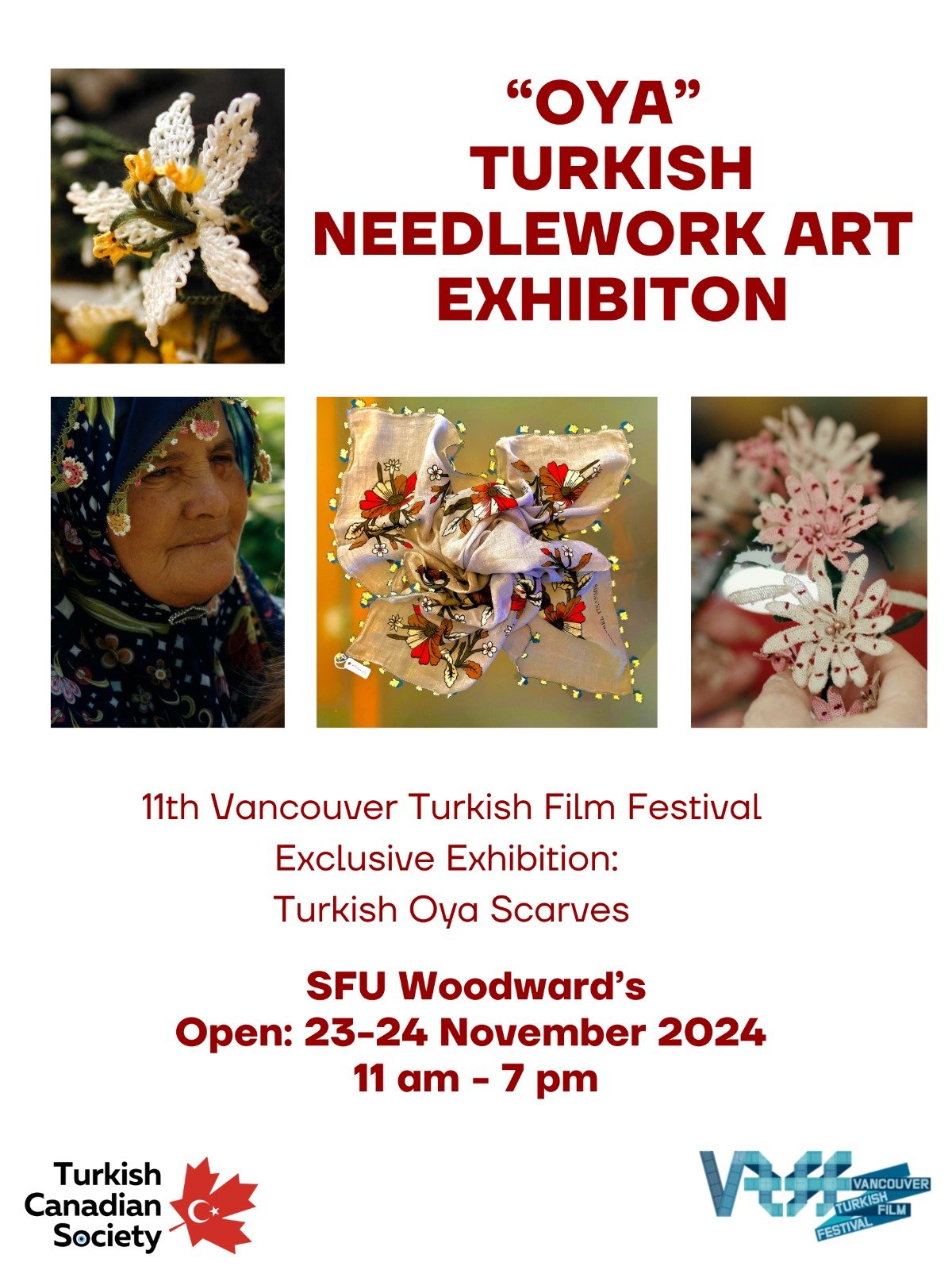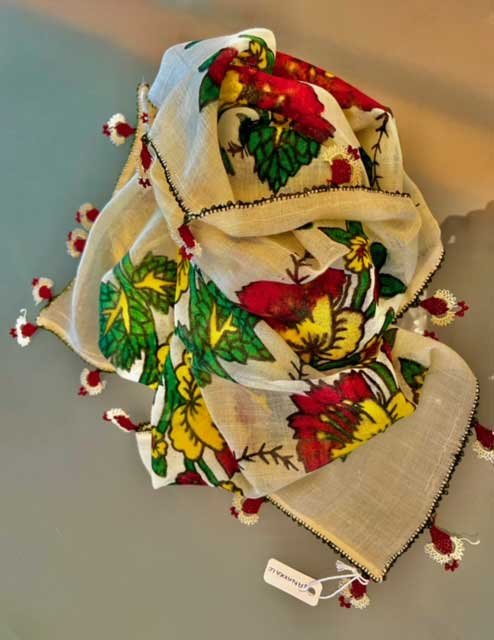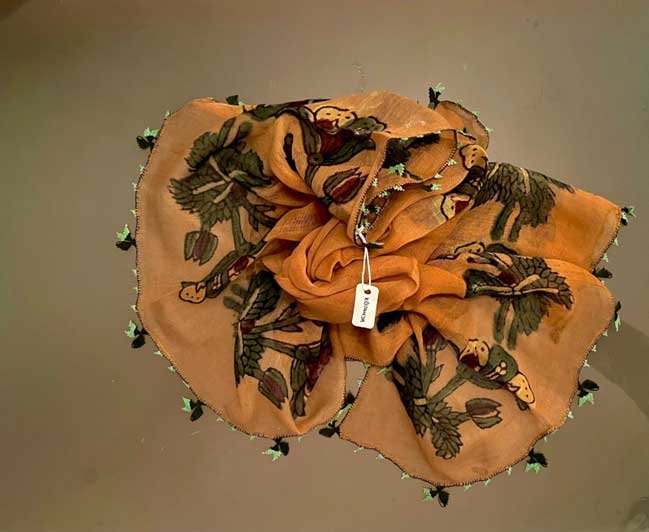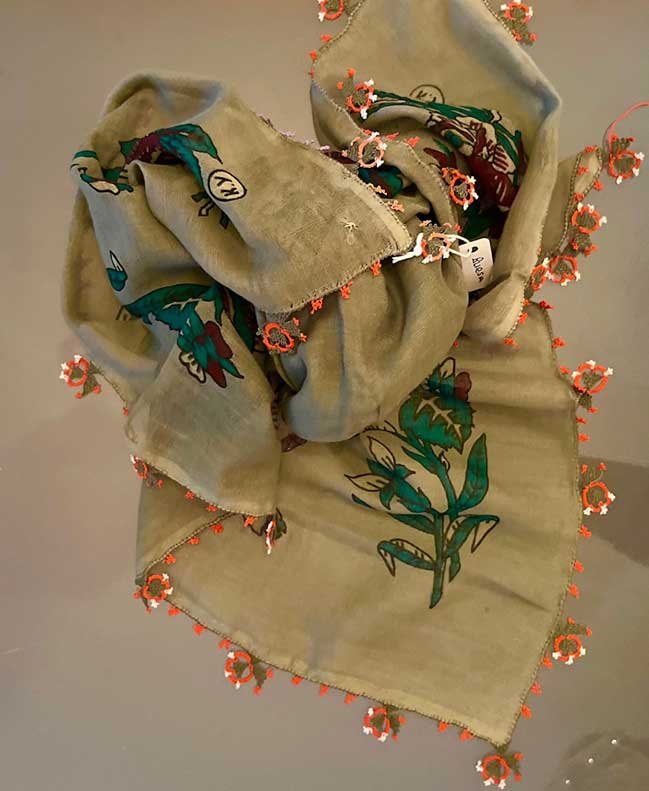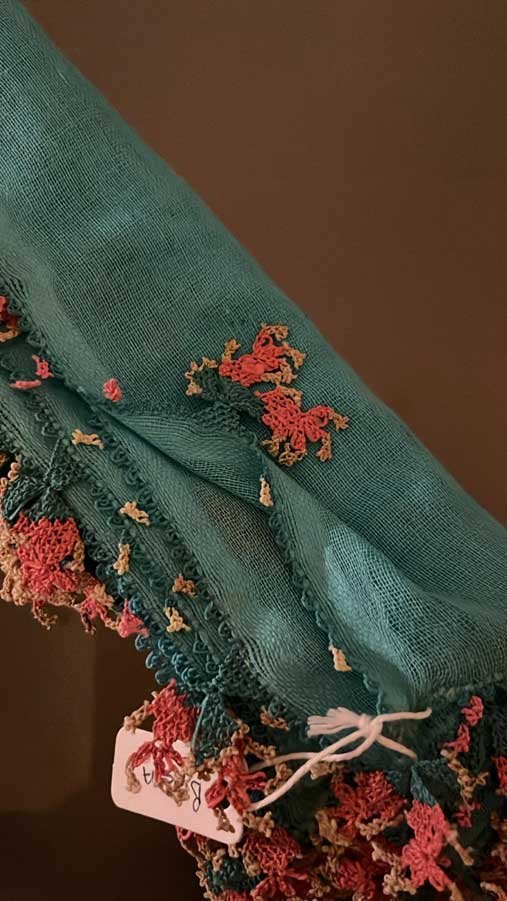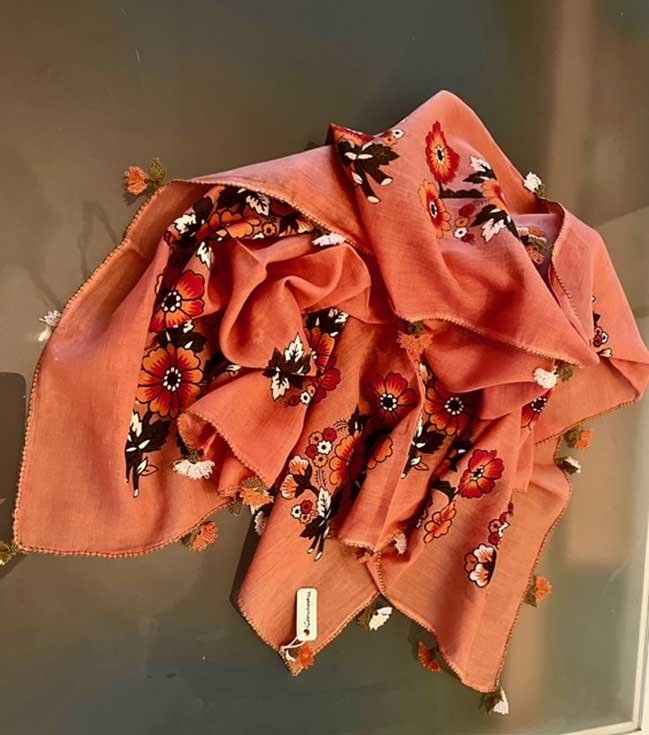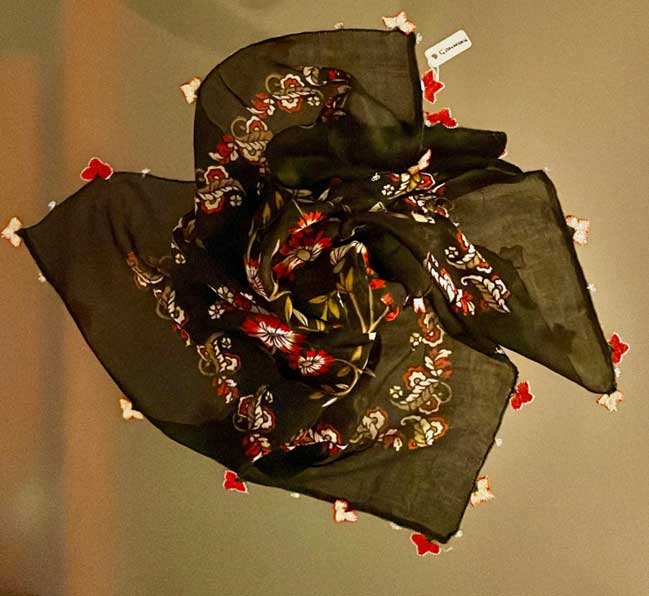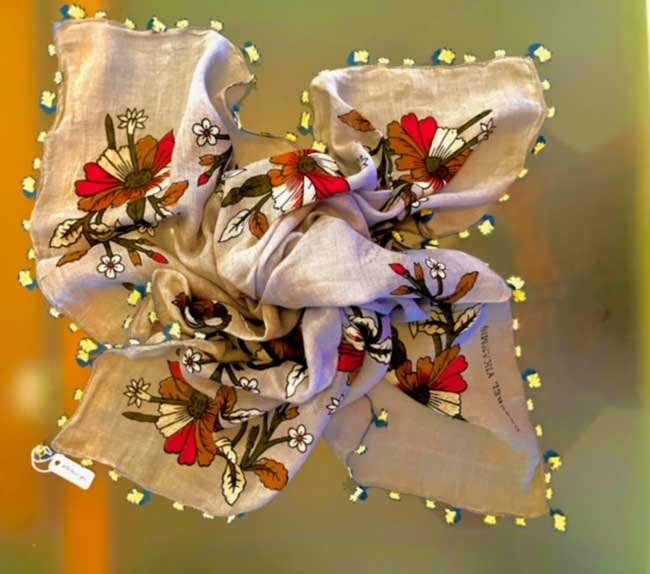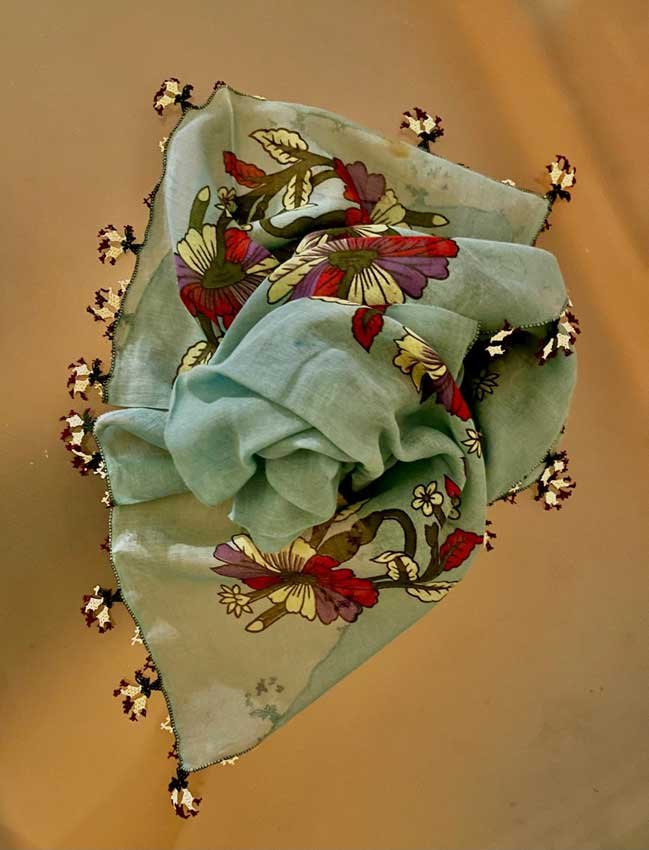SFU Woodward’s
23-24 November 2024
11 a.m. to 7 p.m.
As part of the 11th Vancouver Turkish Film Festival, we invite you to explore the exquisite Oya Scarves Exhibition on November 23-24, 2024, at SFU Woodward’s, open from 11 AM to 7 PM.
This unique showcase presents a collection of handcrafted Yemeni scarves adorned with oya lacework—an intricate, three-dimensional art form practiced by Anatolian women for generations. Visitors can view these masterpieces up close and, for a modest donation, support the festival by taking one of these beautiful works home.
The exhibition accompanies the festival screening of Oya, a captivating documentary revealing the artistry and resilience of Anatolian women. These women, once silenced, found expression and empowerment through Oya, weaving emotions and memories into each stitch. Directed by Sevinç Baloğlu, the film introduces us to this rare art and its role in offering both voice and economic freedom to the artists. Following the screening, Sevinç Baloğlu will join us for an insightful Q&A session, sharing more about the stories and traditions behind Oya.
This exhibition allows you to encounter a variety of Oya styles, each telling a unique story.
Please refer to some of the examples below for insight into these unique pieces:
‘Bostan’ Oya Known as the Iznik Müşküle village oya of Bursa, this oya is crafted by brides and young women to wish for a summer full of abundance and prosperity. They create this colorful, fruit-themed oya to represent a fruitful garden. Large, vibrant oya motifs symbolizing the grandeur of abundance are crafted on scarves. Women wearing this oya symbolize young girls and their wishes for a bountiful season in the coming summer.
Strawberry Oya This oya is made by the mountain villages of Keles, Bursa. Known as the fruit of love, strawberry oya also symbolizes wealth. During times in Anatolia when women couldn’t speak openly, strawberry oya would signal the arrival of a grandchild. When a mother-in-law or daughter-in-law wore a scarf with strawberry oya, it was a discreet way of announcing to the men of the house and neighbors that a baby was on the way.
Artichoke Oya An oya from the Iznik region of Bursa. Almost every young woman’s dowry includes an artichoke oya, symbolizing abundance and prosperity. It is believed that when young women bring artichoke oya to their marital home, they also bring blessings of abundance. By wearing scarves adorned with this oya, they convey to their mothers-in-law that they are bringing prosperity with them.
Twin Pepper Oya The pepper oya from Iznik Müşküle signifies a message from a bride who is upset with her mother-in-law. Wearing a scarf with this oya lets the other party know she is angry and hurt. Brides often prepare this oya for potential conflicts, making it one of the most powerful forms of silent communication. When the mother-in-law sees this oya on the bride, she understands her sadness and anger and may take steps to resolve the issue. Sometimes, brides wear this oya when their own families visit, sending a message that they are not happy in their marital home.
Carnation Oya Made by women in the Eşkel village of Mudanya, Bursa, this oya comes in various colors. Pink and white carnations represent the pure and sincere feelings of a young woman towards someone. The purple carnation, rarely used, symbolizes nobility and sends a message that “not everyone can court me.” The yellow carnation is worn when young women feel sad. Every young woman’s dowry includes a carnation oya in different colors.
Sugar Cube Oya An oya from the mountain villages of Bursa, crafted especially for men. Made with cotton and orlon threads, these oyas are worn by men around their necks or attached to their caps.
Zeki Müren’s Hand Oya Created to express the love and admiration of Anatolian women for Zeki Müren, who is a well-known singer in Turkiye as the “Sun of Turkish Art Music,” this oya immortalizes the artist by incorporating his graceful hand gestures while singing into the oya pattern.
Lemon Seed Oya The lemon flower oya is a form of expression for a woman dealing with tension at home, often made to convey her distress to her spouse. This oya is crafted in many regions.

